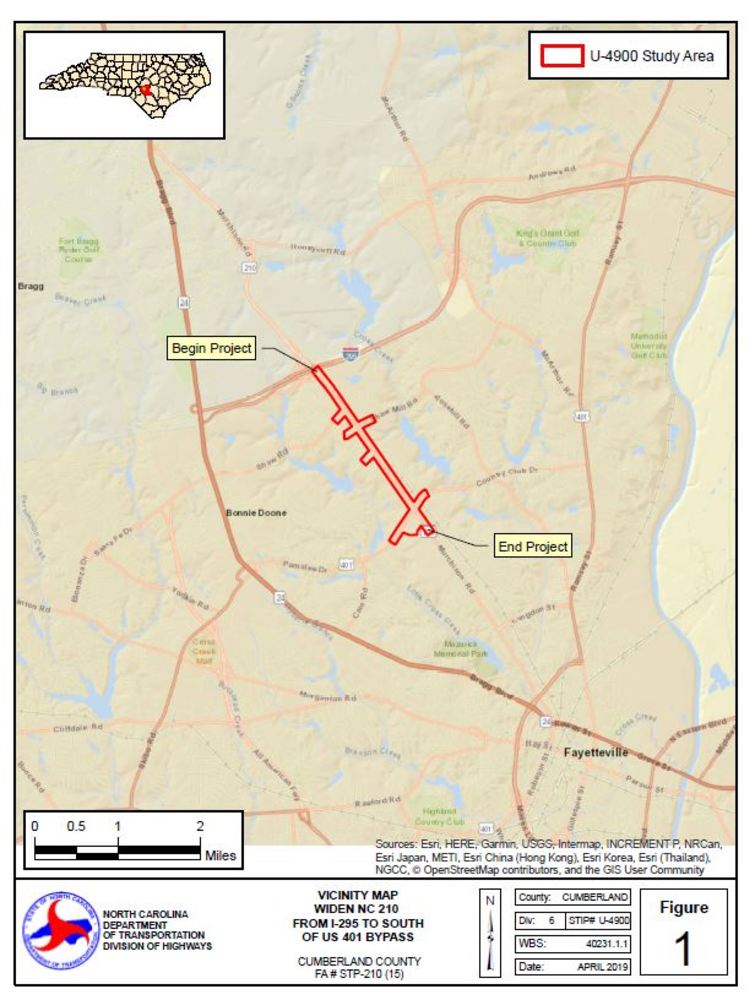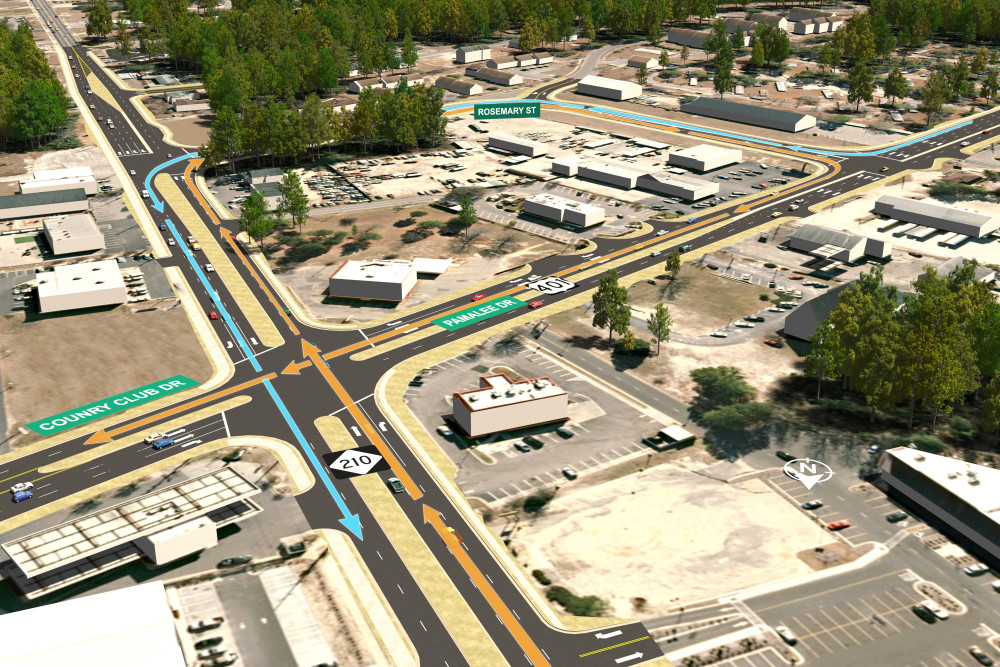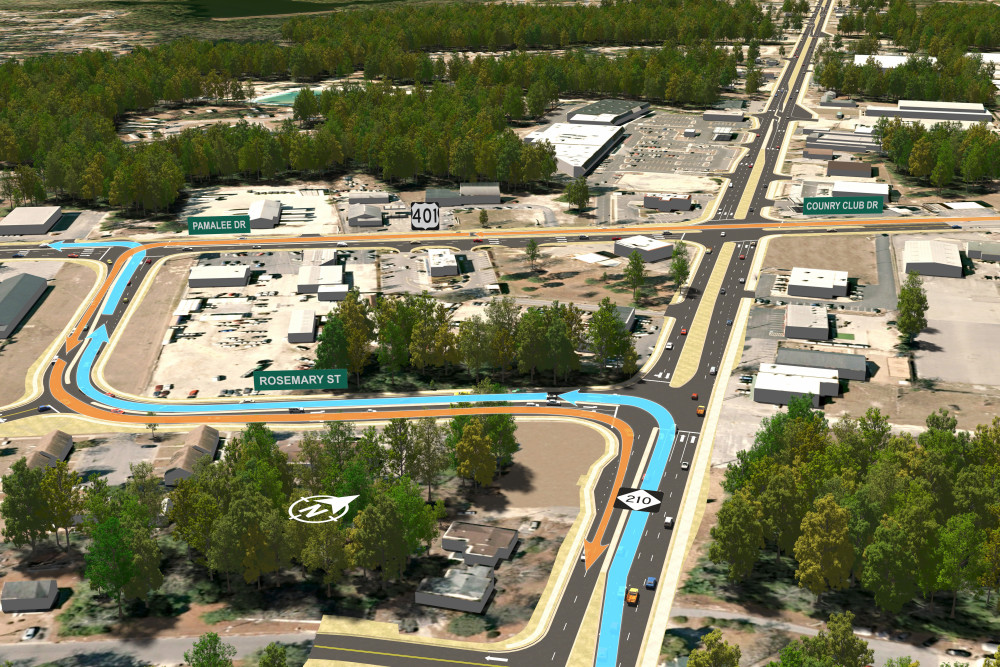Council of State Votes on Executive Order 206 Should End Moratorium on Evictions
Jun 29, 2021
(Raleigh, N.C.) – Having reviewed responses from other North Carolina Council of State (COS) members, State Treasurer Dale R. Folwell, CPA, confirmed today that there was not enough support on the COS to extend the moratorium on evictions that was part of Executive Order 206. This will allow property owners to work with their tenants to find reasonable solutions to rent payments without government intervention. Treasurer Folwell praised the action, saying that by lifting the eviction moratorium more housing might become available as property owners have greater certainty that their expenses will be met through timely rent payments.
Originally issued in October 2020, and most recently extended in March of this year, the moratorium on evictions was set to expire on June 30. It is based on a Centers for Disease Control and Prevention national moratorium issued last fall. Even though Treasurer Folwell supported the original order, he did not support the three extensions and recently asked the governor to let the executive order expire at the end of the month.
“Letting this order expire pushes the power back to the people to make these types of decisions,” Treasurer Folwell said. “What was originally an act of COVID now exists solely as an act of the state. Now, property owners can work with tenants on equitable solutions that are unique to each situation without a ‘one-sizes-fits-all’ government-mandated order. In turn, property owners – especially small property owners – will feel more confident in making more housing available because they know they have a much higher probability of recouping their costs for mortgage payments, property taxes, maintenance and repairs.”
Treasurer Folwell noted that as a child of a single mother, his family financially struggled when he was growing up. However, their landlord gave them the “benefit of the doubt,” working with them so they could continue to have shelter.
“I want to thank the other members of the Council of State who voted to end the moratorium,” Treasurer Folwell said. “As Gov. Martin always said, ‘doing right is never wrong’ and this was the right thing to do.”
The North Carolina Department of State Treasurer (DST) administers the employee retirement systems for more than 950,000 public workers, along with their 401(k), 457 and 403(b) plans. DST manages the pension plans’ investments currently totaling $120 billion. It also oversees the State Health Plan, which provides health care coverage to more than 750,000 teachers, state employees, retirees, current and former lawmakers, state university and community college personnel, and their dependents. Fiscal assistance and expertise are provided by the department to local governmental units by aiding them in the sale of local government debt obligations and in maintaining sound budgeting, accounting and reporting procedures. The department also administers the NC Cash unclaimed property database.
For additional information:
Press Line
press@nctreasurer.com
866-622-2741






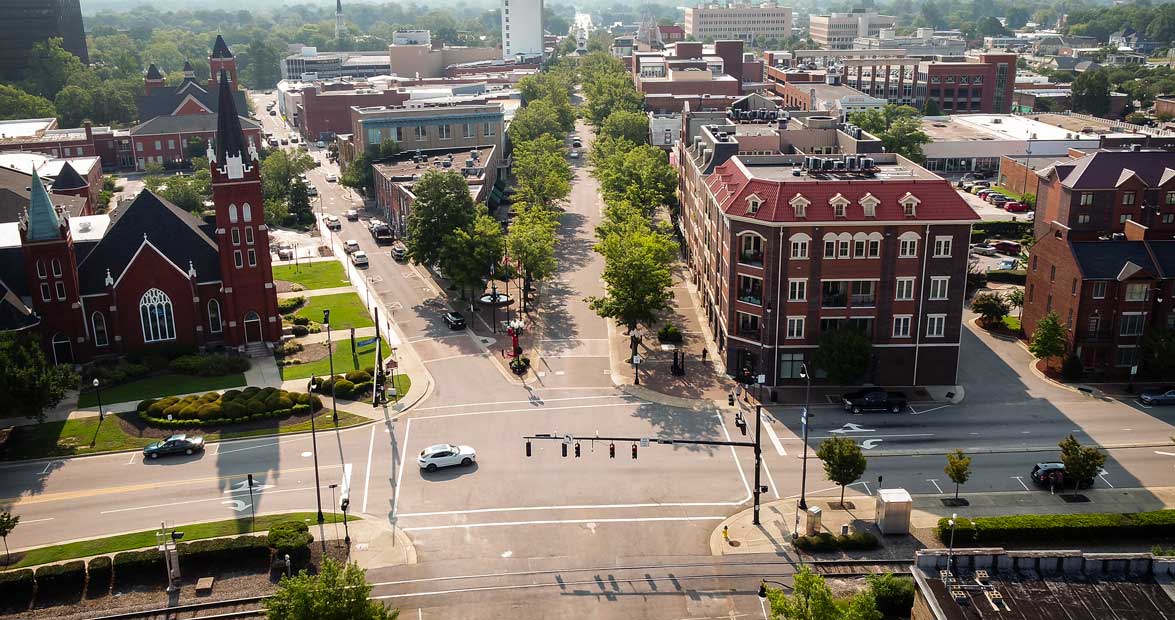


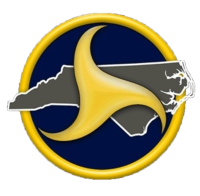 U-4900: Murchison Road – Fayetteville
U-4900: Murchison Road – Fayetteville